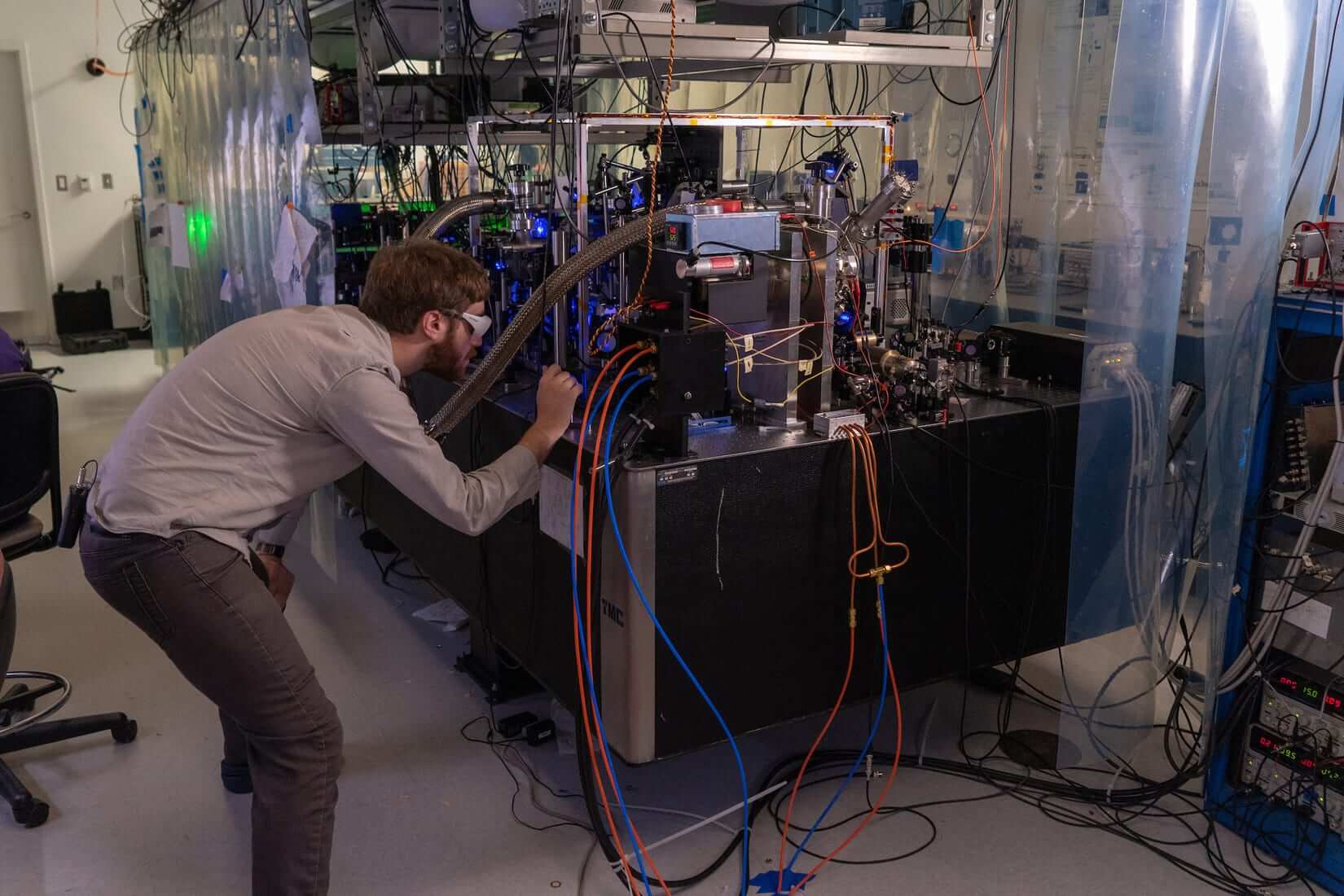Physicists from Rice University (USA) created the first laser-cooled neutral plasma in the world, which scientists have been fighting for over two decades to obtain. A successful experiment prepared the ground for further simulations, allowing in the laboratory to study the exotic states of matter assumed in the depths of Jupiter and white dwarfs.
While we are not exactly aware of the practical benefits of the result, but every time physicists laser-cool some things, this opens up a whole world of possibilities. No one thought that the cooling of atoms and ions would lead to the creation of the most accurate clocks in the world or to a breakthrough in quantum computing.
-Tom Killian, the lead author of the study
Plasma is an electrically conductive mixture of electrons and ions. It is one of the four basic states of matter, but unlike solids, liquids and gases that are familiar to us in everyday life, it usually occurs in very hot places such as the surface of the sun or a lightning discharge. By studying ultracold plasma, scientists hope to answer fundamental questions about how matter behaves under extreme conditions of high density and low temperature.
In their experiments, physicists used 10 lasers with different wavelengths. They began by vaporizing metallic strontium and one set of intersecting laser beams to capture and cool a beam of atoms. The scientists then ionized the ultracold gas with pulses of 10 nanoseconds in duration, which were electronically removed from each atom, eventually turning the gas into a plasma of ions and electrons.
However, the newly formed plasma clouds evaporated in less than one thousandth of a second, and the key breakthrough of the new experiment was that the scattering ions could be cooled with another set of lasers.
If an atom or ion moves, and I have a laser beam that counteracts it, then I can slow it down. The trick is that the light from the laser is always scattered. If you achieve this, the particle will slow down, slow down and slow down.
-Tom Killian
One of the main goals of the research team of physicists was to achieve a strong bond in plasma, a phenomenon that naturally manifests itself in it only in such exotic places as the bowels of white dwarfs and Jupiter.
In a strongly bound plasma, the energy of electrical interaction between particles is greater than the kinetic energy of their random motion. We mainly study ions that sense each other and are rearranged in response to the positions of their neighbors. This is a strong connection.
-Tom Killian
Since the ions have positive electric charges, they repel each other and cannot be infinitely close to their own kind because they try to find balance, an arrangement in which the forces acting on them from all their neighbors are balanced. This can lead to strange phenomena, such as liquid or even solid plasma, which are still far beyond current research.
Repulsive forces are usually like whispers at a rock concert. They are muffled by the kinetic noise in the system. However, in the depths of Jupiter or a white dwarf, intense gravity presses the ions so close to each other that the repulsive forces, which become much stronger at short distances, win. And, although the temperature is quite high, the ions become strongly bound. -Tom Killian
Despite the fact that physicists created a plasma whose density is several orders of magnitude lower than in the depths of gas giants or dead stars, by lowering the temperature, they achieve an increase in the ratio of electrical and kinetic energies, and when it is cooled below one-tenth of a degree above absolute zero, scientists have fixed how repulsive forces come to the fore.
Laser cooling is well developed, for example, in gases with neutral atoms, but with a plasma, everything is completely different. We are just starting to study the effects of strong coupling in ultracold plasma, and I hope that our research will help improve the models of exotic, strongly coupled astrophysical plasma, and make discoveries that we haven’t even dreamed of yet
-Tom Killian
An important step towards understanding the behavior of matter in dead stars and gas giants
Click To Tweet
The post An important step towards understanding the behavior of matter in dead stars and gas giants appeared first on Upcosmos.com.
